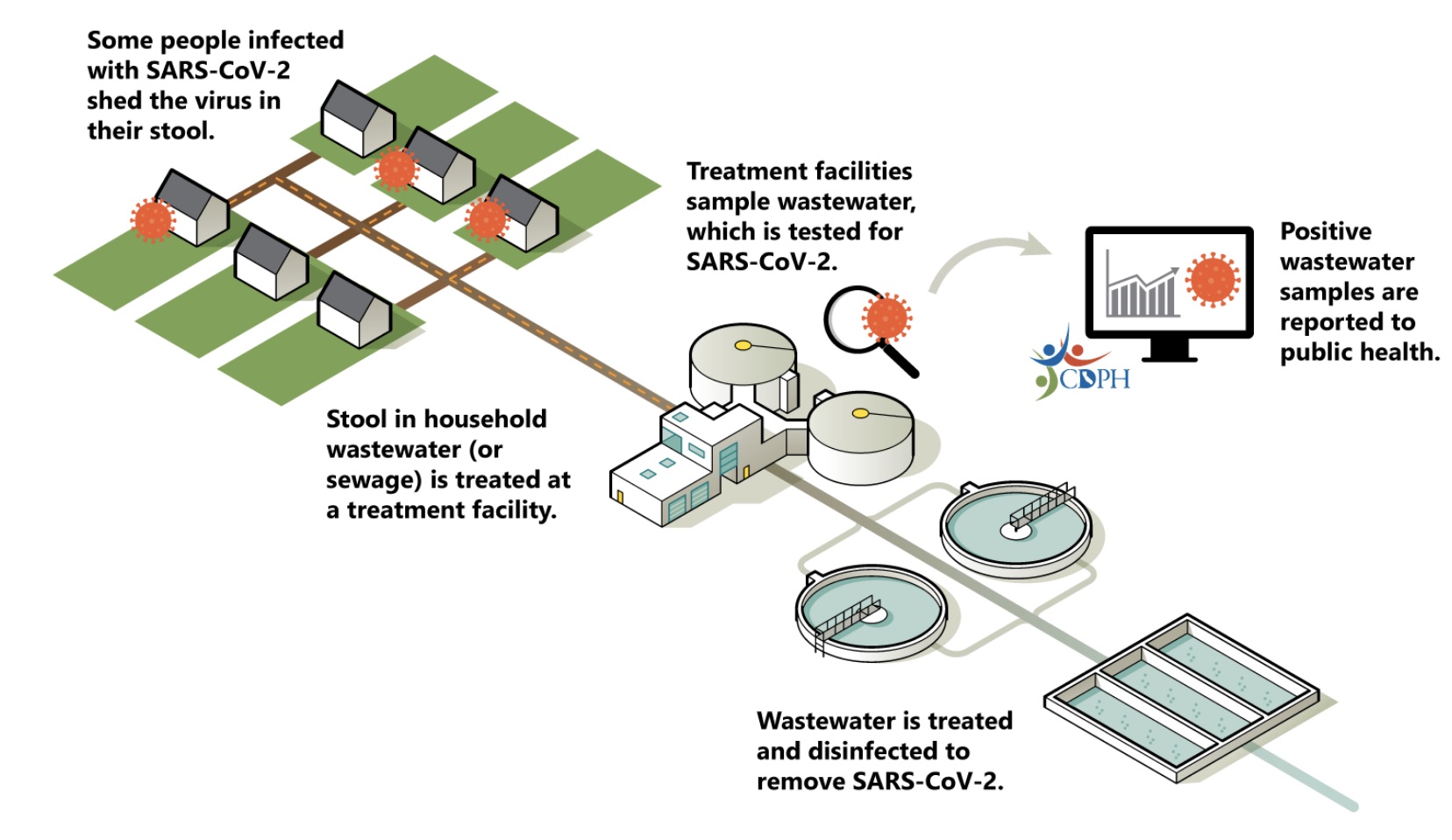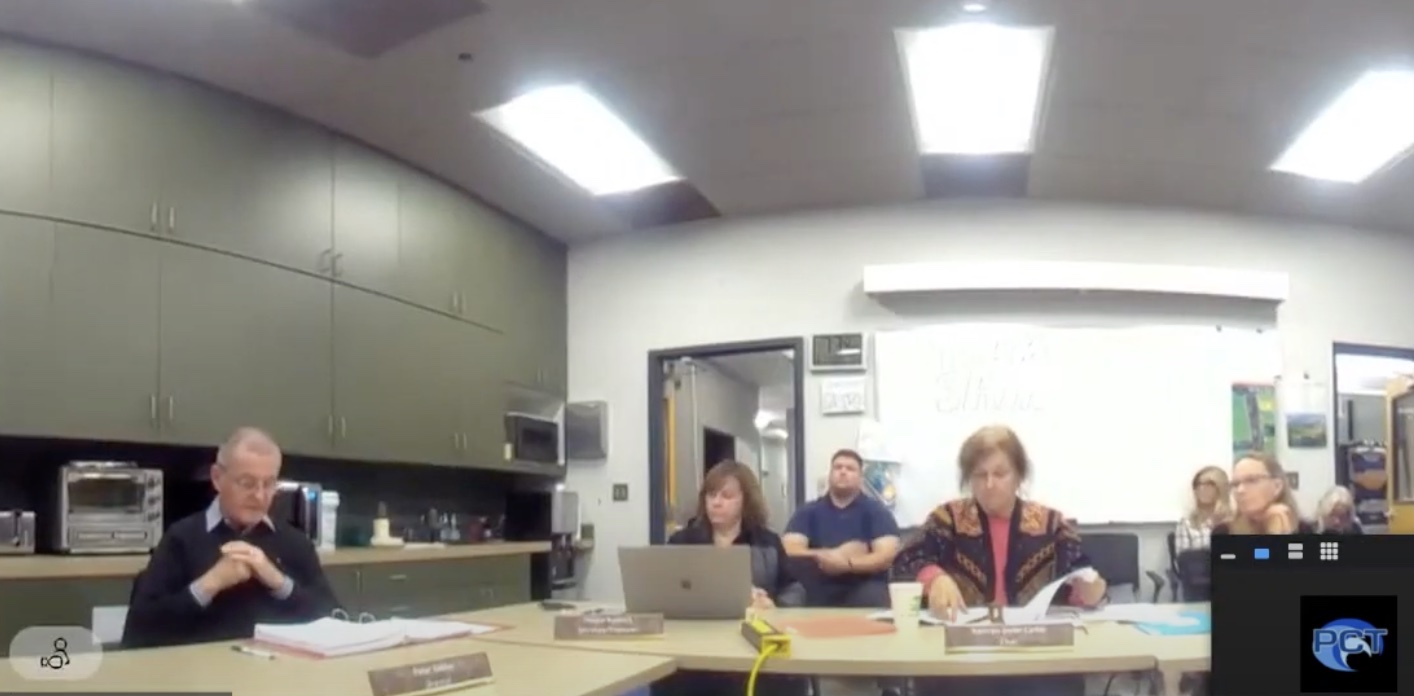|
Getting your Trinity Audio player ready...
|
LINK. Verily Life Sciences (Google) Wastewater SCAN Dashboard.
Verily Life Sciences, also known as Verily (formerly Google Life Sciences), is Alphabet Inc.‘s research organization devoted to the study of life sciences.[1][2] The organization was formerly a division of Google X, until August 10, 2015, when Sergey Brin announced that the organization would become an independent subsidiary of Alphabet Inc.[3] This restructuring process was completed on October 2, 2015. On December 7, 2015, Google Life Sciences was renamed Verily.
Wastewater as an Early Indicator
Working closely with practitioners in sewage treatment and public health, SCAN developed a way to monitor levels of the virus that causes COVID-19 (SARS-CoV-2) in wastewater that is simpler than large-scale diagnostic testing, gives an accurate population-level view, and delivers results more quickly.
WastewaterScan shares results with health and other officials and the public within 24 hours. Its dashboards show results over time in a way that’s comparable and understandable. Based on the information, health officials can plan and adjust tactics to reduce the spread of COVID-19.
Sewage as Sentinel
WastewaterScan powered by Verily was born out of a project called “SCAN” by Stanford, the University of Michigan, and Emory. The methods developed during this project provide a comprehensive view of COVID-19 in a community.
To find more information about SCAN, please visit wastewaterscan.org.
To see how SCAN reports its data, visit wbe.stanford.edu.
How do I interpret this data?
Rather than looking at one data point, we recommend monitoring trends over time. Our analysis suggests that the concentrations of the SARS-CoV-2 genes are highly correlated to COVID-19 incidence rates in the sewersheds [read the research].
How should I read these results?
Results may be filtered by location to view SARS-CoV-2 RNA occurrence in wastewater. Each location includes the SARS-CoV-2 copies per gram of dry solid waste and the copies per gram of the Omicron variant.
The data in the chart and graph have been smoothed, where measurements from nearby dates have been combined to reduce day-to-day variability and increase accuracy. Specifically, we take the 5 samples centered around a date and report the average after excluding the highest and lowest values. This processing minimizes the influence of outlier measurements and makes it easier to visualize trends in the data.
If the target is not detected in the sample, the concentration is reported as 0 c/g. There may still be very low amounts of the target present that are below the detection limits of our procedure. When a sample was not tested for a target, the concentration for that target is reported as “-”.
Please see the data dictionary for more information about each column shown in the table view.
What does “copies per gram” mean?
Results reported as copies of SARS-CoV-2 per gram (dry weight) of wastewater solids tells you how many copies of the SARS-CoV-2 virus were found in a gram of solid waste from a location. This data point can be used as an indicator of how many people in a sewershed (the geographical area served by a particular treatment plant) have COVID-19. Over time you will see this value rise and fall, indicative of more or less COVID-19 clinical cases in the population served by wastewater treatment plants.
What is Wastewater Surveillance?
More on Sewer Covid Testing on Coastside Buzz
COVID-19 Virus Detected in Sewer Authority Mid-Coastside (SAM) Wastewater Increased 5,735% in just 17 Days this Month
COVID surges again in MidCoast…
Bio Bot Analytics’s Covid National Testing Program Comes to Sewer Authority Mid-Coastside (SAM)

Our mission is to transform wastewater infrastructure into public health observatories
Founded by a biologist and an architect, our team has exemplified the power of interdisciplinary collaboration from its beginning.
As a first-year PhD student at MIT, Dr. Mariana Matus was inspired to start wastewater epidemiology research, so she could apply her technical skills to improve public health. With the support of Professors Eric Alm and Carlo Ratti, her research grew into the MIT Underworlds Project. Newsha Ghaeli, an urban studies researcher, joined the project with an interest in how new technologies can improve cities and urban life. Their work resulted in Dr. Matus’ PhD dissertation in Computational Biology, several scientific publications, and coverage by dozens of local and national media outlets.
Inspired by the potential of wastewater epidemiology, Biobot is the first company in the world to commercialize data from sewage. After winning multiple entrepreneurship competitions at MIT, including a place in the DeltaV and DesignX accelerators, Biobot completed the Y Combinator accelerator in San Francisco. Headquartered in the Boston area, we aim to extend our wastewater epidemiology platform across all five continents.
Sewer Authority Mid-Coastside (SAM) Meetings ~ 2nd & 4th Mondays @ 7:00pm
Watch remotely. Comments and questions by email.
Agendas and Zoom Links
SAM Meeting Videos via Pacific Coast TV
Contact Us

Our Mailing Address is:
Sewer Authority Mid-Coastside
1000 Cabrillo Hwy N.
Half Moon Bay, CA 94019

Yellow = cancelled SAM meeting due to Holidays
(650) 726-7833 (fax)
Regular Board Meetings are on the 2nd and 4th Mondays of each month at 7:00pm.
From time to time a meeting date may be changed, cancelled or relocated. Check the posted agenda for any changes to the normal schedule (click on links below).
The Sewer Authority Mid-Coastside (SAM) provides wastewater treatment services and contract collection maintenance services for a population of approximately 27,000 in the following areas:
- City of Half Moon Bay
- El Granada
- Miramar
- Montara
- Moss Beach
- Princeton by the Sea
SAM Directors
Barbara Dye
Chair, Representing Granada Community Services District
Deborah Ruddock
Vice-Chair, Representing the City of Half Moon Bay
Kathryn Slater-Carter
Secretary/Treasurer, Representing Montara Water and Sanitary District
Dr. Deborah Penrose
Director, Representing the City of Half Moon Bay
Ric Lohman
Director, Representing Montara Water & Sanitary District
Matthew Clark
Director, Representing Granada Community Services District









